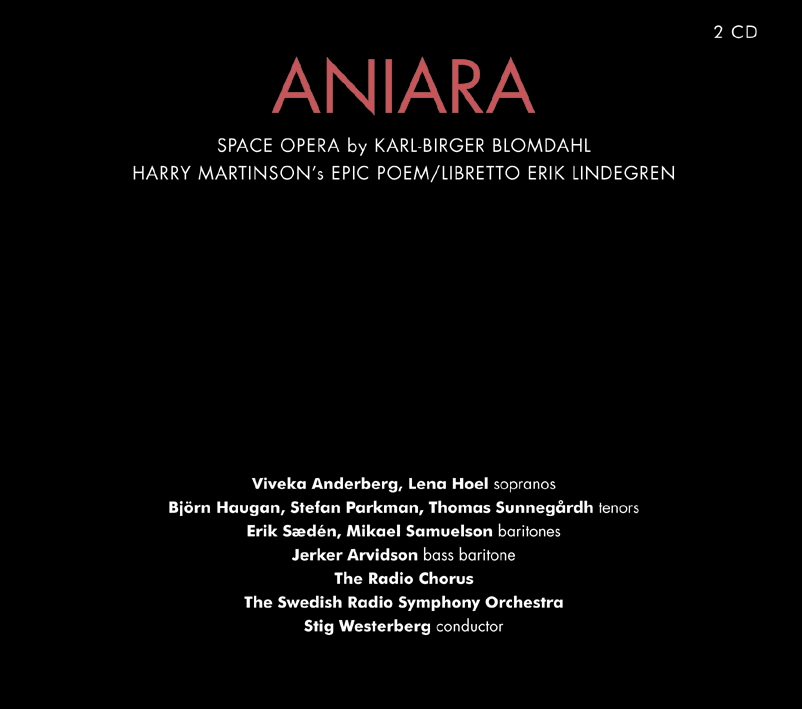
“The Star Song” is a hidden gem of sf poetics, and I have done my best to convey a sense of Martinson’s striking questions and poetic language. Not only does it defamiliarize habitual ways of thinking about space and poetry-it is poetic in itself, at times even rivaling Aniara. “The Star Song” remains one of the most perceptive and beautiful formulations of the challenges of writing poetry about science and the universe in our time. Astronomers no longer speak of light-years, incomprehensible in and of themselves, but of millions of light-years.” He asks what this means for poetry: “Using hyperboles and overtones was an ancient right of poetry, but where can poets find exaggerations with regard to the worldview of modern astrophysics?” Even though parts of “The Star Song” may seem slightly dated-for example, Martinson’s sharp distinction between humans and other animals-most of his questions and reflections are as relevant today as they were in his time. “There are no longer only stars out there,” Martinson says, “but thousands of galaxies. Martinson saw the theories and results of physics and astronomy as posing unique challenges not only to human comprehension in general, but to the poet’s craft in particular. Almost two decades before Aniara, he wrote the essay “Stjärnsången” (1938) (“The Star Song”), presented here in English for the first time.

Martinson had been preoccupied with the limitations and possibilities of poetry vis-à-vis modern science for a long time. In addition to being a critique of nuclear armament and technological civilization, Aniara contains stunning poetry that captures the incomprehensibility of the universe of modern science, including deep time and the vast distances of interstellar space. Set in a future marked by environmental destruction, Aniara tells the story of an evacuation from Earth to Mars gone awry: the spaceship Aniara, carrying 8,000 refugees, gets thrown off course and drifts off helplessly into the depths of space.



It has been translated into English twice-in 1963 as Aniara: A Review of Man in Time and Space by Hugh MacDiarmid and Elspeth Harley Schubert, and in 1999 as Aniara: An Epic Science Fiction Poem by Stephen Klass and Leif Sjöberg. The epic poem Aniara: En revy om människan i tid och rum (1956) has been adapted into an opera (1959), a ballet (1988), a musical (2010), a feature film (2018), and several plays. The Swedish author and Nobel Laureate Harry Martinson (1904–1978) wrote only one work that can be considered sf, yet it remains his most well-known.


 0 kommentar(er)
0 kommentar(er)
